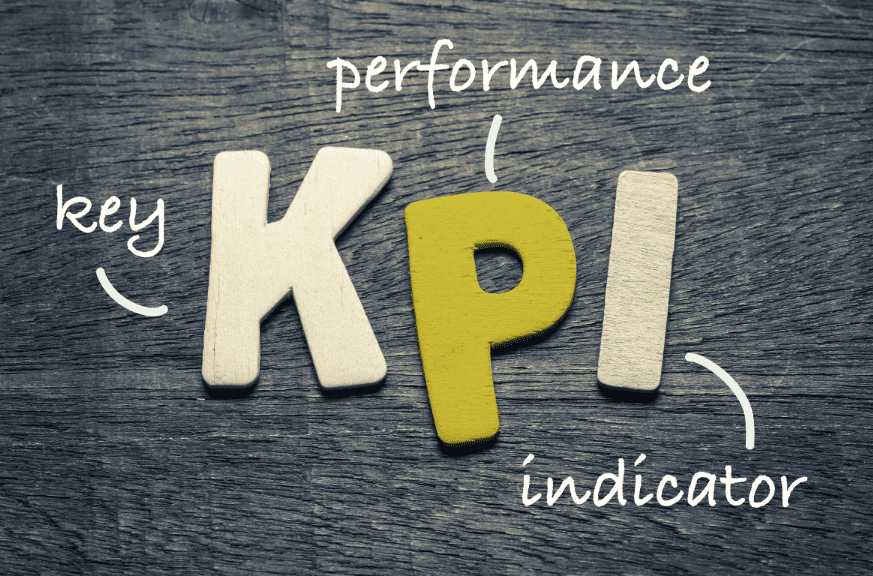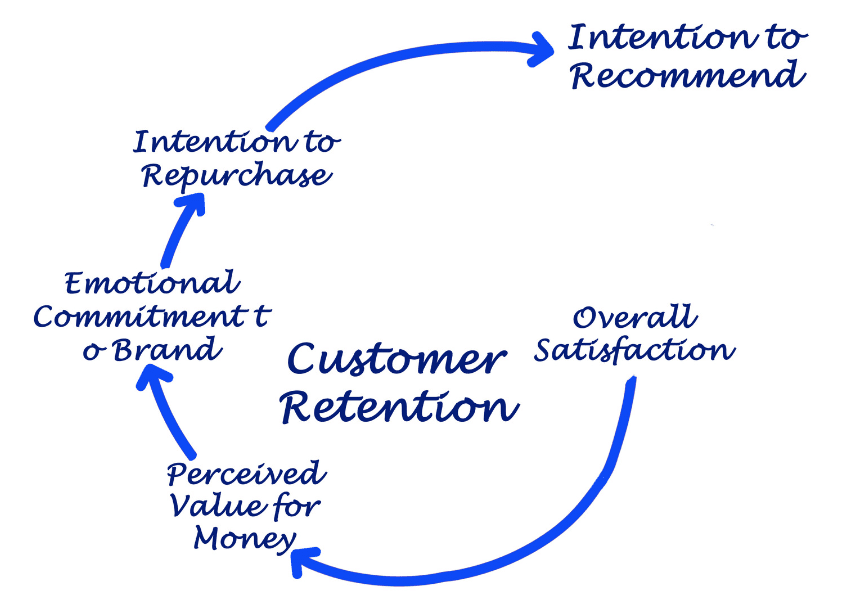
What is a KPI?

KPI's Role in Sales
KPIs are important in sales for a variety of reasons. They assist sales managers in measuring performance, tracking progress, and identifying areas for growth. They can also help sales reps stay motivated and focused by identifying potential bottlenecks in the sales process. Furthermore, KPIs provide important insights into customer behavior and preferences, allowing sales managers to tailor their approach to each individual customer. Finally, by tracking KPIs, sales managers can ensure that they are taking the necessary steps to maximize their success. KPIs can give you full transparency regarding where you as a business and let you know what you need to do, to take your business to another level.
KPIs Every Sales Manager Should Measure
1) Sales Conversion Rate
The Sales Conversion Rate is a KPI that measures the number of leads that are converted into paying customers. It is calculated by dividing the number of sales by the total number of leads. This KPI indicates if your team is reaching the right leads. Is your sales process too long or complicated? Does your team need more training or support? By monitoring this KPI, you can improved decisions that improve sales and maximize the efficiency of your team.

2) Customer Retention Rate

3) Lead Response Time
Lead Response Time measures how quickly your team is responding to leads. This is an important KPI to track because it can reveal important information about the effectiveness of your sales process. A quick response time indicates that your team is connecting with the right people. A customer's interaction with a business should be seamless and easy. A longer sales cycle type indicates issues with the sales process that needs to be addressed.

4) Average Deal Size
Average Deal Size measures the average value of each sale. It is calculated by dividing total sales revenue by total sales number. This KPI assists you in understanding the effectiveness of your pricing strategy, identifying areas for improvement, and maximizing sales profitability. By tracking average deal size, sales managers can identify opportunities to increase the profitability of deals and optimize resources. Additionally, it can help sales reps stay motivated and focused on higher-value deals, while also helping the organization to measure its overall success.

5) Average Sales Cycle Time

6) New Customers Acquired
New Customers Acquired measures the number of new customers acquired in a given time period. It is calculated by dividing the total number of customers by the number of new customers. As good as it is to keep existing customers, unfortunately, you can't grow as a business unless you're bringing in new customers. With this information, you can track the effectiveness of your customer acquisition strategies and improve on it.

7) Customer Acquisition Cost
Customer Acquisition Cost is a key performance indicator that calculates the total cost of acquiring a new customer. The total cost of sales and marketing activities is divided by the total number of new customers. It can assist sales reps in remaining motivated and focused on acquiring new customers, while also assisting the organization in measuring its overall success in acquiring and retaining customers in a cost-effective manner. Furthermore, CAC can assist an organization in identifying and comparing the costs of various channels, such as online advertising, email campaigns, and referral programs, to determine which channel is likely to provide the best return on investment.

8) Sales By Channel
Sales by Channel measures the total sales generated by each sales channel. It is calculated by dividing total sales from all channels by total sales. It is critical to identify your most effective sales channels because it allows you to direct your marketing efforts and resources to the channels that generate the most revenue. By understanding which channels are performing the best, you can find ways to optimize and improve their performance.

9) Sales Forecasting Accuracy
Sales Forecasting Accuracy measures the accuracy of your sales forecasts. It is calculated by dividing actual sales by predicted sales. Accurate sales forecasts are important because they allow you to plan and budget more effectively. By having a realistic understanding of future sales, you can plan for any potential changes in the market and adjust your strategies accordingly. Additionally, accurate forecasts can help you to identify areas where you can reduce costs, such as in inventory and staffing, which can lead to increased profitability.

10) Cost per Lead
Cost per Lead measures the cost of acquiring a new lead. The total cost of lead generation activities is divided by the total number of leads to arrive at this figure. By understanding how much it costs to acquire a customer, businesses can adjust their budget to allocate more resources to channels that are generating the most leads. Also, Finally, having an accurate understanding of the cost per lead also allows businesses to compare different marketing strategies to determine which ones are the most cost-effective.


